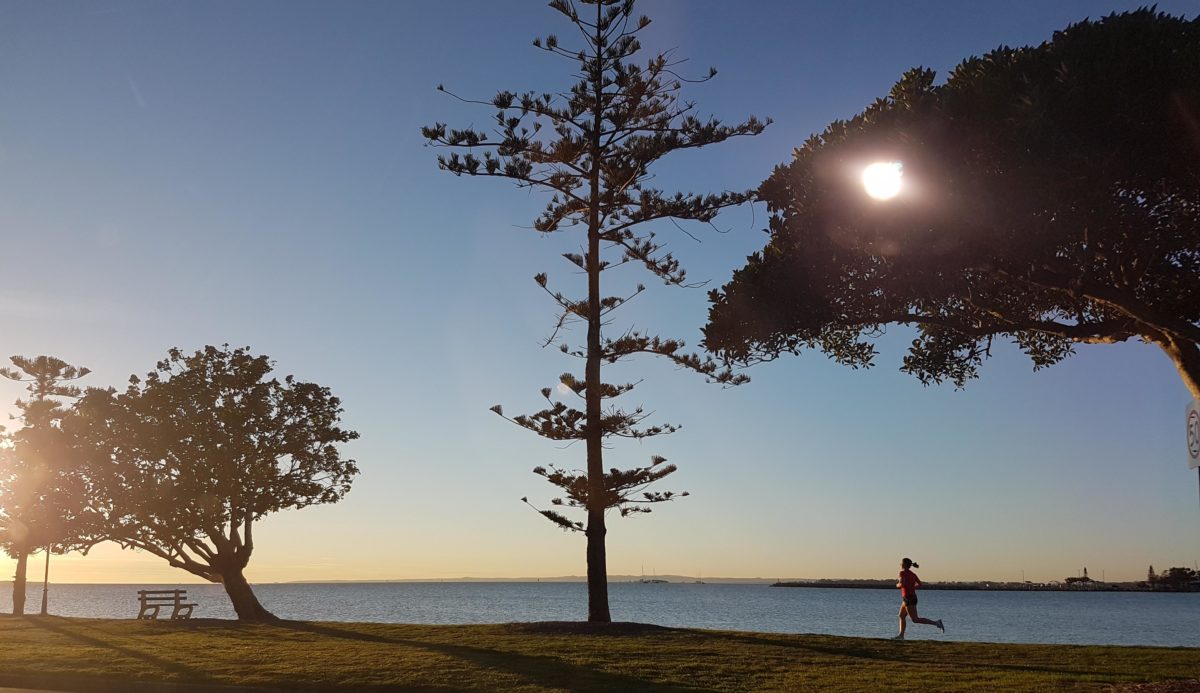R.A.I.N. is a meditation process designed to help you when you have a situation where you experience strong negative feelings towards another person. The process was recently introduced by Tara Brach as part of the Power of Awareness Course.
The acronym stands for Recognise, Accept, Investigate and Nurture. Each of these steps can be undertaken during a meditation following an interaction with another person – partner, colleague, child, boss- that disturbs your equilibrium or, if you have the presence of mind at the time, during the disturbing interaction itself. Let’s have a look at what these steps involve.
Recognise your emotions
After adopting an introductory grounding meditation practice, you need to reflect on the upsetting interaction and try to recognise your feelings at the time. As we mentioned previously, identifying and naming your feelings, enables you to tame them. Sometimes, this can be a complicated mix of feelings and other times involve feelings reflecting two different orientations – feelings about the other person and feelings about yourself. For example, you might feel frustration and anger towards the other person (especially, if their behaviour that has an adverse effect on you is repeated often). You might also be anxious that the resulting conflict, and your own inappropriate response at the time, puts your relationship in jeopardy.
Accept the interaction and the contributing factors
Life is not simple – nor is it free from stress and conflict – we are all unique and have different ideas, values, preferences, behaviours and idiosyncrasies. Accepting the reality of the adverse interaction is an important part of moving on. You can wallow in your hurt feelings and maintain your resentment, but this will be detrimental to yourself and the other person. Your anger will pervade your thoughts and distort your perception of the other person and also manifest itself in your behaviour towards them and others. The way ahead is to process your residual feelings, accept what has happened and move onto the investigation step.
Investigate your feelings that occurred during the interaction
This is not a conceptual exercise, where you stay just with your thoughts and objective analysis. It entails being fully embodied – noting where in your body the pain and hurt associated with the feelings resides. What do the feelings do to your body? Are the negative thoughts and feelings expressed as tension in your forehead, tightness in your shoulders, an ache in your back or other physical manifestation? Focusing on the areas of pain and aching, enables you to release the physical unease and the associated thoughts and feelings.
Nurture yourself through the process
It is important to treat yourself with kindness, not scorn or derision. The latter approach leads to low self-esteem and the belief that you are unable to do anything about the relationship because you “lost it” or were inept in the interaction. Caring for yourself is critical, otherwise distress about the other person’s words and actions can lead to distress about what you said and did. This only exacerbates an unsettling experience.
As you emerge from the R.A.I.N. meditation, you will have a strong sense of freedom and the basis for a new relationship with the other person. As you grow in mindfulness, you will be better able to undertake these steps during the interaction itself, rather than afterwards. So the R.A.I.N. meditation can also help you with future interactions with the same person.
By Ron Passfield – Copyright (Creative Commons license, Attribution–Non Commercial–No Derivatives)
Image source: courtesy of Curriculum_Photografia on Pixabay
Disclosure: If you purchase a product through this site, I may earn a commission which will help to pay for the site, the associated Meetup group and the resources to support the blog.

